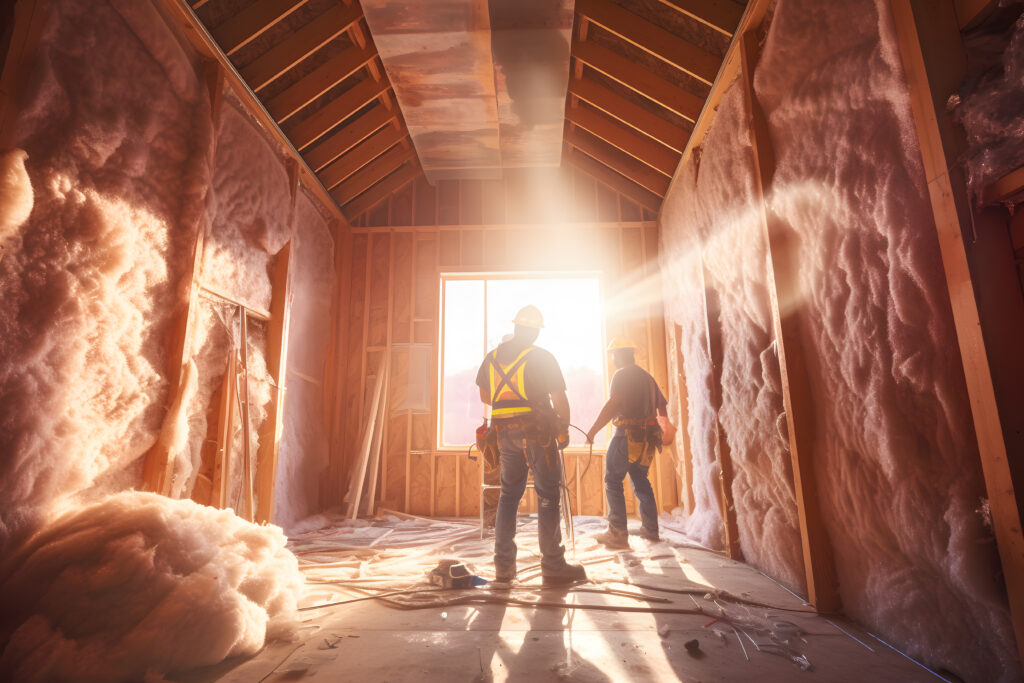Whether you’re cleaning out a room, decluttering your house or redoing your bathroom, dumpster rental is the way to go. It’s a great alternative to junk removal companies and allows you to work at your own pace.

Pricing for dumpsters is based on the size of the container, the waste volume and how long you rent it for. Be sure to inquire about any fees and policies before hiring a company. Keep reading the article to Learn More.
A dumpster rental is one of the most affordable options available when it comes to removing large quantities of waste. It is ideal for home renovations, construction projects, cleaning out estates, and other situations that generate a lot of trash. The cost of a dumpster rental varies depending on the size of the container and how long you need it. You may also have to pay for disposal fees, which can add up quickly. To reduce the cost, look for a company that offers a one-size-fits-all option or a “pay-as-you-use” service, where you only pay for the space that you use.
Aside from the fact that dumpsters are much cheaper than paying for junk removal services, they’re also a lot more efficient. Using a dumpster allows you to easily toss your unwanted items as you work, rather than having to continually stop and make trips to the dump or recycling center. It can save you a lot of time and money in the long run.
Regardless of whether you’re cleaning out an estate, renovating your house, or just doing a spring clean, having the right amount of storage space is essential for getting the job done properly and quickly. Often, homeowners end up with piles of clutter that can build up and make it hard to find what they need. Having a dumpster nearby means you can quickly and easily dispose of unwanted items as you come across them, so that your home stays organized and tidy.
The base price of a dumpster rental includes weekly trash pickup, which is generally scheduled on the same days each week. If you need more frequent trash pickups, you can purchase additional servicing for an extra fee. The best way to determine the cost of a dumpster rental is to search for local companies and call around for quotes. Then, you can compare the prices and choose the best option for your needs.
There are some things you can’t toss in a dumpster, such as hazardous waste and paint, so be sure to research municipal options if you’re unsure of how to get rid of these items. However, the vast majority of items can be thrown away in a dumpster, so it’s a great solution for many situations that require a lot of waste removal.
It’s Easy
While it may seem like a daunting task to run your own dumpster rental business, the truth is that this business has very little overhead and can be extremely profitable. Most of your work will be done by the people you hire to take calls, schedule jobs, and deliver, pick up, and dispose of dumpsters. You can even start with a used dumpster or bins and save money while getting started.
The key to success in the dumpster rental industry is to have a strong marketing strategy. Different markets have different needs, so focus on identifying your target audience and tailoring your marketing tactics to meet their specific needs. For example, commercial and industrial clients need larger waste containers for their operations while residential clients want smaller bins to handle household waste.
In addition to traditional marketing channels, consider social media to reach potential customers and get your name out there. You can also use your marketing dollars to sponsor local events or clean-ups, which will help build goodwill and increase brand awareness.
To avoid service hiccups, you should also ensure that you have adequate inventory management software. This type of software helps to streamline the booking process for your clients by providing them with an online booking experience and keeping your dumpsters’ availabilities up to date at all times. Moreover, it allows you to manage multiple rentals in real-time and track inventory on the field.
Once you have a solid marketing and inventory management system in place, the next step is to find clients. There are many ways to attract customers, including direct mailings, social media, and pay-per-click advertising. Besides these, you should also have a website to facilitate online booking. However, be careful when choosing a domain name because it should clearly indicate what type of dumpster business you’re running and not sound too generic or similar to existing brands.
Once you’ve found your ideal client, it’s important to maintain a high level of customer satisfaction. Mistakes and misunderstandings can be costly for service-based businesses, so always do your best to resolve any issues as soon as they arise. This will help you retain your customers and keep them coming back for future dumpster rental services.
It’s Fast
Renting a dumpster is a great way to dispose of large amounts of waste quickly and efficiently. Whether you’re planning a home renovation or conducting a major cleanout, having a dumpster on hand can help you get the job done. But it’s important to understand the basics before you jump in headfirst. Here are a few key considerations to keep in mind when renting a dumpster:
Before you rent a dumpster, it’s crucial to choose a reputable company with a good reputation for quality and service. Look for customer reviews and testimonials on their website, social media accounts, or elsewhere online to gauge the credibility of the company. It’s also important to review the company’s pricing structure and rental terms and conditions before signing any contracts. This will allow you to make an informed decision based on your needs and budget.
Dumpsters come in a variety of sizes, and it’s essential to choose the right one for your project. For example, if you’re conducting a home remodel, a larger dumpster will be ideal to handle the debris and trash created during the renovation process. However, if you’re working on a smaller project, such as an interior painting or small bathroom remodel, a smaller dumpster may be sufficient.
It’s also important to know what can and cannot go in a dumpster. For instance, many dumpsters don’t accept hazardous materials such as paints, chemicals, and tires. Additionally, some items may incur extra fees, such as mattresses and appliances. It’s also important to note that you can’t mix different categories of waste together. For example, yard trimmings and construction materials are two different types of waste and shouldn’t be placed in the same dumpster.
Finally, be sure to check with your local municipality for any regulations or restrictions regarding dumpster placement. You may be required to obtain a permit, or the dumpster may need to be placed in an approved location. If you’re not certain how to proceed, consult with your dumpster rental company for advice or assistance.
It’s Reliable
A reliable dumpster rental service will have no hidden fees, and you can rest assured that your waste will be disposed of in accordance with local rules and regulations. This transparency makes it easier for businesses to budget their waste management costs and streamlines the process.
Additionally, dumpster rental services can handle multiple disposal tasks on a regular basis to reduce the amount of time and energy employees must dedicate to waste removal. This allows your team to focus on revenue-generating tasks and helps improve productivity.
In addition to disposing of trash, dumpster rental companies also provide recycling options that help conserve natural resources. These programs are a great way to demonstrate your business’s commitment to environmental stewardship. As a result, customers and clients will be more likely to support your business’s efforts.
Another benefit of using a dumpster rental company is that it eliminates the need to store and maintain multiple waste containers on-site. This frees up valuable workspace and can be particularly beneficial for businesses with limited space.
However, it is important to keep in mind that it is still necessary to designate a specific spot to place garbage and recycling. This should be kept in a safe location away from pedestrian traffic and far enough from the building to minimize the risk of accidents or injuries.
Dumpster rental companies offer a variety of sizes and configurations to accommodate a wide range of needs. This flexibility allows businesses to tailor their waste management strategy to fit the size and scale of their operations. For example, a small dumpster can be used to handle everyday trash while larger containers can handle construction debris and other large items.
In addition to choosing a company that offers the right size container for your business, you will also want to ensure that they are flexible when it comes to scheduling delivery and pickup. Some services require that you be present when they drop off or pick up, but others are happy to work around your schedule.
Lastly, you will need to familiarize yourself with local regulations and requirements regarding dumpster placement and usage. You may need a permit depending on your location and the type of waste you are throwing away.



